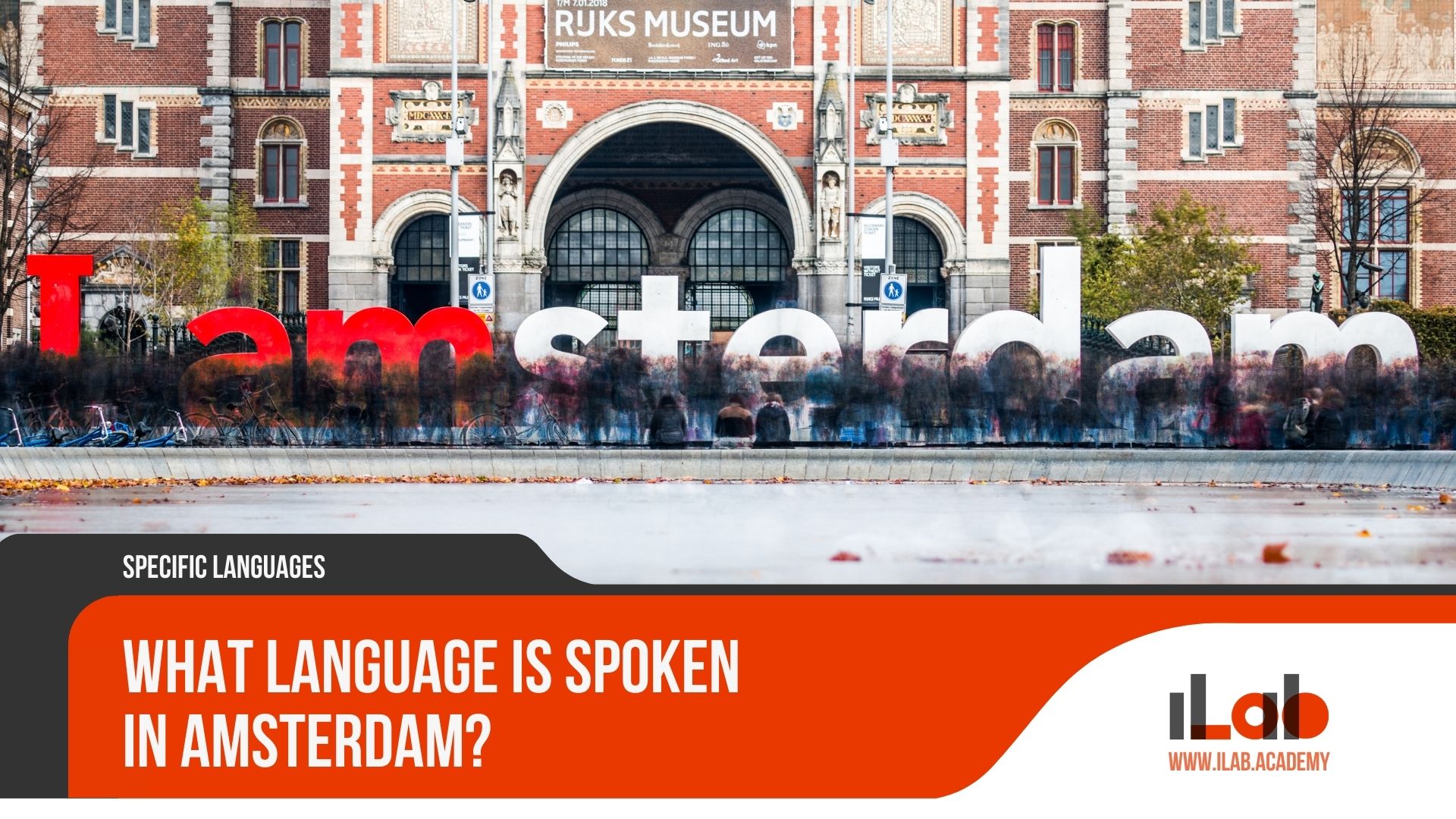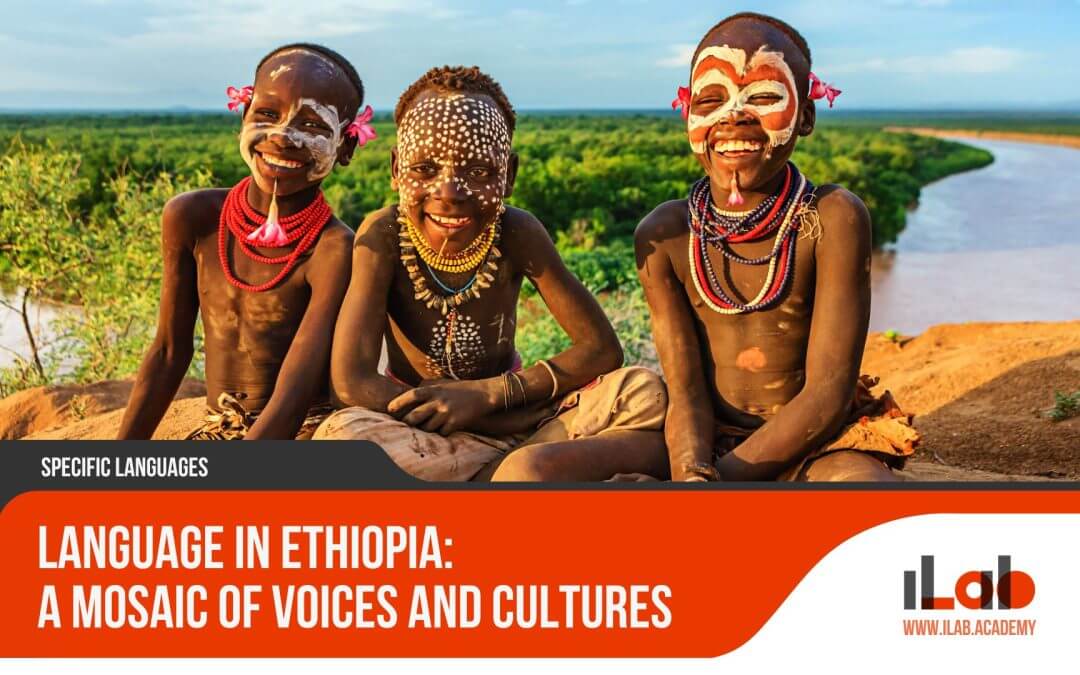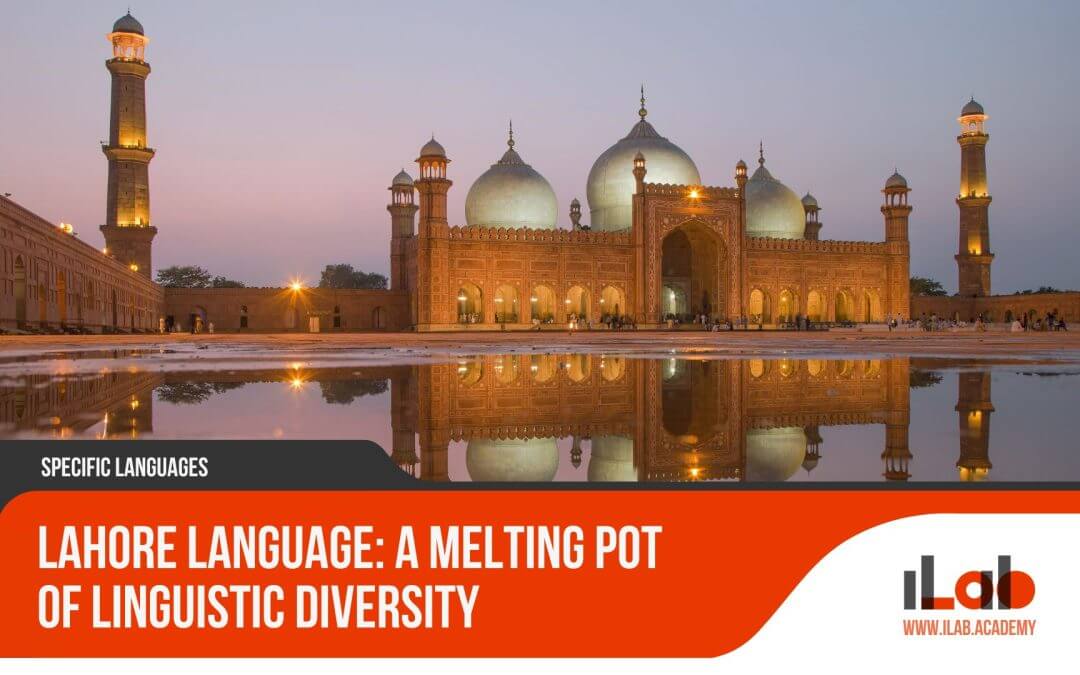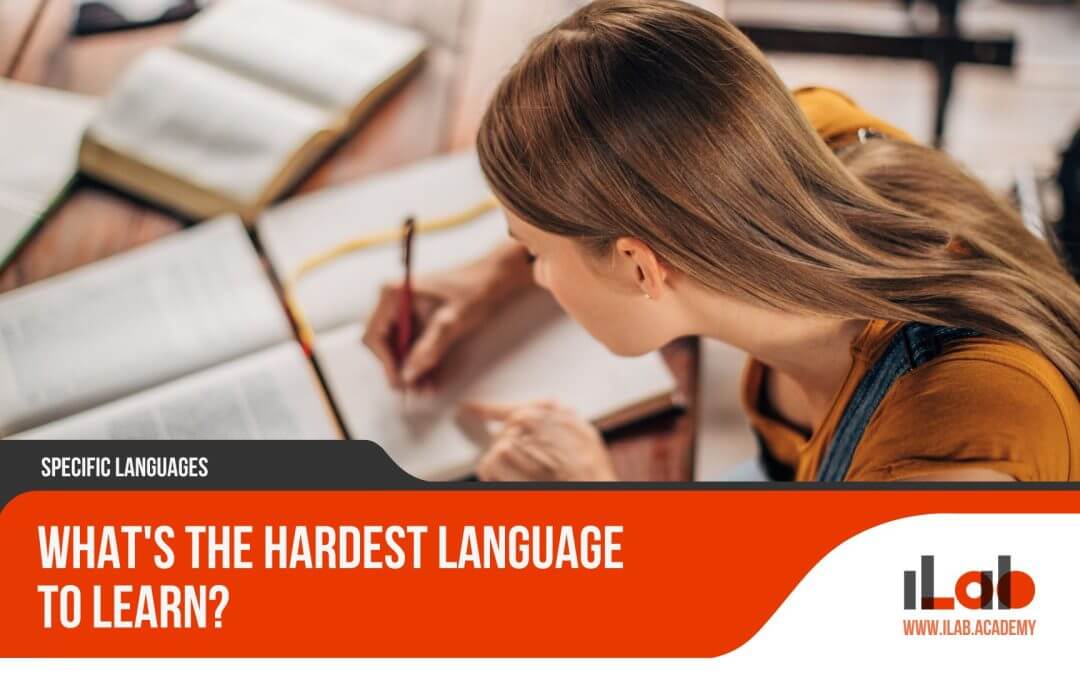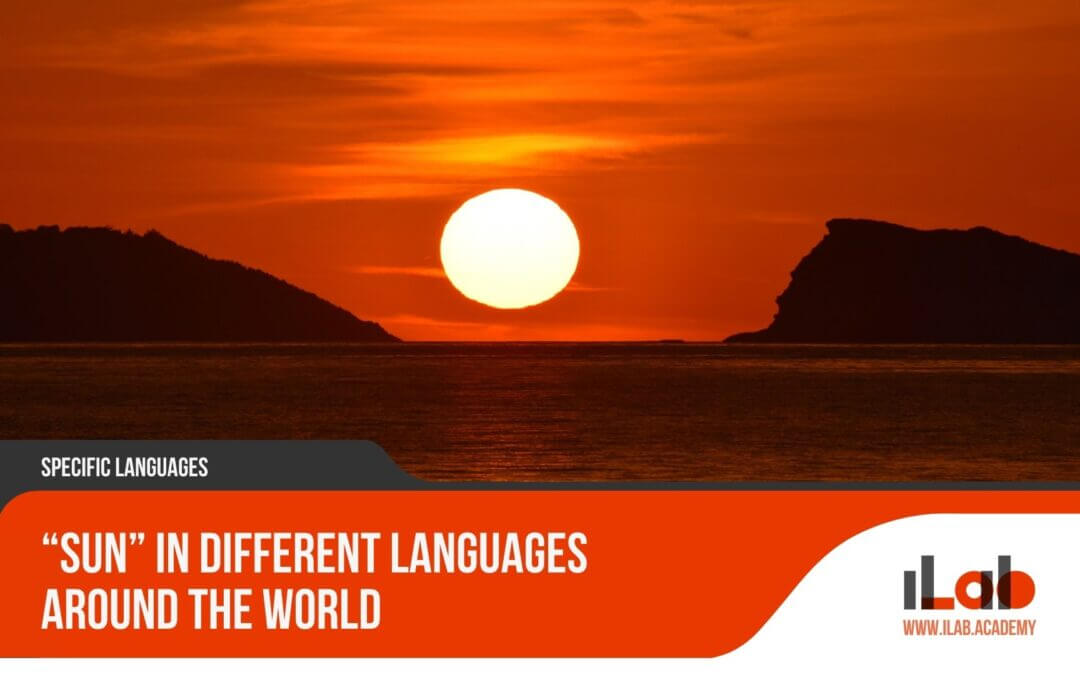Table of contents
Amsterdam, the capital city of the Netherlands, is often celebrated for its historical significance and the liberal ethos that permeates its streets. As one navigates through the bustling bike lanes and crosses the iconic bridges that arch over the city’s serene canals, the symphony of languages spoken by locals and tourists alike underscores the rich linguistic milieu that defines the Dutch metropolis. While Dutch is the lingua franca, a confluence of English, and a myriad of other languages spoken by the city’s cosmopolitan residents, contributes to a unique linguistic tapestry. This complex interplay between languages not only reflects Amsterdam’s international character but also poses intriguing questions about the city’s linguistic future in an increasingly globalized world. As we explore the nuances of this linguistic landscape, one may ponder how Amsterdam maintains its Dutch linguistic heritage while embracing the linguistic diversity brought about by waves of tourists, expatriates, and immigrants.
Key Takeaways
- Dutch is the primary language spoken in Amsterdam and holds significant importance in the everyday life of its citizens.
- The Dutch language has unique characteristics, including phonetics and grammar, and there is a distinct Amsterdam dialect known as ‘Amsterdams’.
- Amsterdam is a multicultural and multilingual city, with other languages commonly spoken due to its diverse population, including English, Arabic, Turkish, and Berber languages.
- English is widely used in Amsterdam, particularly in the tourism and international business sectors, due to its proficiency among residents and its role as a lingua franca.
The Primary Tongue of Amsterdam: Dutch at the Forefront
In the vibrant city of Amsterdam, Dutch stands as the predominant language, deeply rooted in the nation’s history and serving as the cornerstone of daily communication for its residents. As the official language of the Netherlands, Dutch not only signifies national identity but also functions as the principal medium for administration, education, and media within the country. The language’s historical significance is underscored by its evolution from Old Dutch in the 8th century, through Middle Dutch, to the modern Dutch spoken today.
The use of Dutch in Amsterdam is ubiquitous, permeating every aspect of life from business to social interactions. It is the language of government and law, ensuring that citizens engage with their civic duties and rights with full understanding. In educational settings, Dutch is the primary language of instruction, laying the foundation for future generations to be proficient in the language that shapes their cultural and social milieu.
Moreover, the significance of Dutch extends beyond functional necessity; it is a symbol of cultural heritage. Festivals, literature, theater, and daily conversation all echo with the sounds of the Dutch language, reinforcing a sense of community and shared history among Amsterdammers.
For visitors and immigrants, the prevalence of Dutch can be both a challenge and an opportunity to immerse in local culture. Nevertheless, the city’s educational institutions offer Dutch language courses, reflecting the importance placed on integrating non-native speakers into the linguistic tapestry of Amsterdam.
In essence, the Dutch language is more than just a tool for communication in Amsterdam – it is an integral part of the city’s identity, embraced by its people and preserved for future generations. Through its continued use, the language maintains its status at the forefront of Amsterdam’s vibrant cultural landscape.
Dutch Language Characteristics and Amsterdam Dialect
The Dutch language, characterized by its distinctive phonetics and complex grammatical structure, is further enlivened by the Amsterdam dialect, affectionately known as ‘Amsterdams’. This local vernacular is imbued with unique expressions and pronunciations that set it apart from Standard Dutch. While ‘Amsterdams’ is not officially recognized as a separate language, it embodies the vibrant history and cultural identity of Amsterdam’s inhabitants.
Dutch phonetics are notable for their guttural sounds, particularly the “ch” and “g,” which can be challenging for non-native speakers. The language also employs a range of vowel sounds, some of which are quite subtle and involve diphthongs—combinations of two vowel sounds within the same syllable. In terms of grammar, Dutch is known for its use of verb conjugation and word order, which typically follows a subject-verb-object structure, but can vary in complex sentences.
The Amsterdam dialect takes these characteristics and adds its own twist. For instance, the traditional hard “g” sound of Dutch softens in ‘Amsterdams’, becoming less harsh and more akin to a soft “h”. Slang and idiomatic expressions are also prevalent, reflecting the city’s seafaring past and its diverse, inclusive spirit.
Understanding ‘Amsterdams’ provides insight into the city’s past and present social dynamics. It is a symbol of local pride and a reflection of the city’s evolution, integrating terms from various immigrant languages over the centuries. However, as Amsterdam continues to be a hub for international business and tourism, the use of ‘Amsterdams’ has waned in favor of a more standardized Dutch, which serves as a lingua franca for the diverse population. Nonetheless, the dialect remains an endearing aspect of the city’s linguistic landscape, cherished by both long-time residents and interested newcomers.
Multilingualism in Amsterdam: A City of Many Languages
Amsterdam’s linguistic tapestry weaves together a multitude of languages, reflecting the city’s significant immigrant population and international connections. This diversity is not only a testament to the city’s welcoming spirit but also illustrates its role as a cultural and economic crossroads. The streets of Amsterdam resonate with conversations in English, Arabic, Turkish, and Berber, among others, painting a vivid picture of a metropolis where cultures intersect and thrive.
The prevalence of English in Amsterdam cannot be overstated. It serves as a lingua franca, bridging gaps between the Dutch-speaking majority and the international community. This widespread proficiency in English is bolstered by the city’s global business environment and its appeal to tourists from around the world. In educational settings, English is increasingly prominent, ensuring that the city’s youth are equipped to participate in a connected global society.
Arabic and Turkish languages represent the voices of long-established immigrant communities, each contributing their unique linguistic heritage to Amsterdam’s soundscape. The presence of these languages is a reflection of historical migration patterns and the city’s ongoing evolution as a mosaic of different ethnic groups.
Furthermore, the Berber languages, spoken by a smaller yet significant portion of Amsterdam’s population, add another layer to the city’s linguistic identity. These languages, although not as widespread, are an essential thread in the fabric of Amsterdam’s multicultural fabric.
English Usage: Amsterdam’s Lingua Franca for Tourism and Trade
Given its status as a bustling hub for visitors and businesses alike, English has emerged as Amsterdam’s lingua franca, essential for tourism and international trade. The city’s strategic location and open economy have cultivated an environment where English is not just a common secondary language but a vital tool for communication across various domains.
In tourism, English serves as the bridge between Amsterdam’s rich cultural heritage and the global audience it attracts. Tour guides, information booths, and signage often feature English prominently, ensuring that visitors can navigate the city’s attractions with ease. As for trade, English enables Amsterdam to maintain its role as a pivotal trade center in Europe, connecting Dutch businesses with the international market.
The table below illustrates the significance of English in Amsterdam’s main sectors:
| Sector | Relevance of English | Note |
|---|---|---|
| Tourism | Primary language for communication with tourists | Essential for service and hospitality |
| International Business | Common language for trade and negotiations | Facilitates global partnerships |
| Education | Medium of instruction in international programs | Attracts global student body |
This linguistic adaptation has positioned Amsterdam as an accessible and inviting destination for tourists, students, and professionals from around the world. English proficiency among residents not only enhances Amsterdam’s economic prospects but also reflects its cosmopolitan spirit. For an audience seeking to understand the linguistic landscape of Amsterdam, it is clear that English plays a pivotal role in the city’s ongoing dialogue with the world.
Language Education and Policy in Amsterdam
Understanding the importance of language in cultural integration, educational institutions in Amsterdam have implemented comprehensive policies to promote Dutch language learning among non-native speakers. This commitment to language education is integral in ensuring that all residents can participate fully in society, access public services, and engage in civic life.
The city’s education policy mandates the teaching of Dutch as a second language (NT2) in schools where there is a concentration of children from non-Dutch-speaking families. This not only aids in language acquisition but also helps to bridge cultural divides, fostering a sense of community among Amsterdam’s diverse population. Additionally, there are numerous language centers and initiatives that offer Dutch courses for adults, from basic to advanced levels, to facilitate their integration into the workforce and the local community.
Bilingual education is another key aspect of Amsterdam’s language policy. Several schools provide programs where children are taught both in Dutch and in another language, most commonly English. This approach not only prepares students for a globalized world but also acknowledges English’s significance in the city’s trade and tourism sectors.
These policies reflect Amsterdam’s recognition of multilingualism as an asset rather than a challenge. The city’s educational landscape is designed to be inclusive, providing opportunities for all residents to acquire the linguistic skills necessary to navigate the social, cultural, and economic life of Amsterdam. By investing in language education and promoting policies that encourage language learning, Amsterdam demonstrates its dedication to building an integrated, cohesive, and resilient society.
The Impact of Immigration on Amsterdam’s Language Landscape
While language education policies in Amsterdam aim to unify the city’s residents through the Dutch language, the impact of immigration has added layers of complexity to its linguistic tapestry. Over the years, Amsterdam has become a hub for people from various parts of the world, each bringing a slice of their cultural and linguistic heritage. This influx has turned Amsterdam into a mosaic of languages, contributing to its identity as a cosmopolitan and inclusive city.
The historical waves of immigrants from former Dutch colonies, such as Suriname and the Dutch Antilles, have introduced languages like Sranan Tongo and Papiamento, which now echo through the neighborhoods of Amsterdam. More recent migration flows from countries like Turkey and Morocco have woven Berber languages and Turkish into the city’s linguistic fabric. These languages are not merely vestiges of the immigrants’ origins but are living, evolving forms of communication that reflect their ongoing story in the Netherlands.
The presence of these diverse linguistic groups has necessitated policy responses that both value multilingualism and promote Dutch for social cohesion and economic participation. Bilingual education programs and Dutch language classes for new residents are prime examples of such initiatives. These efforts acknowledge the importance of Dutch as a unifying factor, while also respecting the role that other languages play in the personal and communal lives of immigrants.
Amsterdam’s language landscape is, therefore, not static but dynamic, continuously shaped by the ebb and flow of its population. The city’s approach to managing this diversity is indicative of an understanding that language is not just a tool for communication but a repository of culture, identity, and community.
Preserving Linguistic Diversity and Heritage in Amsterdam
Amsterdam’s commitment to preserving its linguistic diversity and heritage manifests in a variety of initiatives aimed at supporting the city’s many language communities. Recognizing the intrinsic value of its linguistic tapestry, Amsterdam invests in cultural programs and educational campaigns that foster an environment where all languages can thrive. These efforts are not merely symbolic; they reflect a deep-seated respect for the multicultural identity that has come to define the city.
The table below outlines key aspects of Amsterdam’s language preservation strategies:
| Initiative Type | Description |
|---|---|
| Cultural Events | Amsterdam hosts festivals and events that celebrate linguistic diversity, such as the annual ‘Drongo Language Festival’, which showcases the joy and utility of multilingualism. |
| Educational Support | The city offers courses in Dutch language and culture, which are crucial for the integration of immigrants, while also providing resources for minority language education. |
| Policy Development | Amsterdam’s local government works on policies to ensure the inclusion of various language communities, such as offering multilingual services and documentation. |
These initiatives are part of a larger framework designed to promote social cohesion while valuing individual heritage. They serve as a reminder that language is a living entity, deeply woven into the fabric of daily life and communal interaction.
Understanding the significance of such endeavors, Amsterdam sets an example for other culturally diverse cities. It demonstrates that actively nurturing linguistic diversity is not only about cultural preservation but also about building a more inclusive and harmonious society. Through these continued efforts, Amsterdam ensures that its linguistic landscape remains as dynamic and vibrant as the city itself.
The Future of Language in Amsterdam: Trends and Predictions
As globalization, technological advancements, and demographic changes continue to influence Amsterdam, the city’s linguistic landscape is poised to undergo significant transformation in the coming years.
Globalization and Multilingualism
- Increased English Proficiency: With the continuous influx of international businesses and expatriates, English may become more prevalent, possibly gaining equal footing with Dutch in certain professional and academic settings.
- Language Mixing: As people from different linguistic backgrounds interact, a phenomenon known as code-switching, where speakers alternate between languages, could become a norm, enriching the daily communication within the city.
- Cultural Exchange Programs: These may foster the learning of new languages among residents, promoting a more linguistically diverse society.
Technological Advancements
- Machine Translation and AI: Advancements in technology will likely make real-time translation more accurate and accessible, reducing language barriers and possibly influencing language learning patterns.
- Digital Language Resources: An increase in digital tools for language learning could lead to greater individual multilingualism, with citizens picking up languages that are useful for personal and professional growth.
Demographic Changes
- Immigration Patterns: New immigrant groups will introduce additional languages into the city’s mosaic, which could lead to the emergence of new linguistic communities and the need for additional language services.
- Education Reforms: Changes in the demographic composition may influence educational policies, potentially leading to more multilingual schooling options that reflect the city’s linguistic diversity.
- Youth Bilingualism: The younger generations, growing up in a more interconnected world, might naturally become bilingual or multilingual, shaping the future language use in Amsterdam.
Understanding these trends helps us predict that Amsterdam will continue to be a dynamic center of linguistic diversity, with Dutch at its core, but increasingly interwoven with other global languages.
Frequently Asked Questions
How Does the Local Government in Amsterdam Support Tourists Who Do Not Speak Dutch or English?
The local government in Amsterdam provides multilingual resources to support tourists who do not speak Dutch or English. This includes informational materials, signage in various languages, and access to interpreters or translation services at key tourist destinations. These efforts ensure that visitors can navigate the city, access services, and enjoy their stay without language barriers, reflecting Amsterdam’s commitment to inclusivity and its reputation as a welcoming international hub.
Are There Any Unique Language-Based Festivals or Cultural Events Specific to Amsterdam?
Amsterdam hosts various language-based festivals and cultural events that celebrate its linguistic diversity. These include the Amsterdam Spanish Film Festival, which features Spanish-speaking cinema, and the ‘Meertaligheid in Amsterdam’ conference that focuses on multilingualism. Such events underscore the city’s rich cultural tapestry, allowing residents and visitors to experience the vibrancy of different languages and the cultures they represent within the Amsterdam community.
What Role Does Technology Play in Language Translation and Communication for Visitors to Amsterdam?
Technology plays a significant role in facilitating language translation and communication for visitors to Amsterdam. With advancements in smartphone translation apps and real-time interpretation services, travelers can easily overcome language barriers. These tools not only enhance the tourist experience by aiding in navigation and interaction with locals but also support inclusivity by providing access to information in multiple languages, thereby enriching the city’s cultural engagement and accessibility.
How Do Language Preferences in Business Settings Differ From Everyday Conversational Language Use in Amsterdam?
In Amsterdam’s business settings, language preferences often lean towards English due to its global business relevance, while everyday conversational language predominantly remains Dutch. Multilingualism is valued, with professionals expected to be versatile in both Dutch and English and occasionally other languages, depending on the sector. This linguistic adaptability enables effective communication and caters to Amsterdam’s international trade environment, while also preserving the local linguistic heritage in more informal contexts.
What Are Some Etiquette Tips Regarding Language Use That Tourists Should Be Aware of When Visiting Amsterdam?
When visiting Amsterdam, tourists should be mindful of language etiquette. Starting conversations in Dutch is appreciated, even if it’s just basic greetings before switching to English. Many locals are fluent in English, but showing effort in Dutch is a sign of respect. It’s also courteous to ask if someone speaks English before proceeding. Understanding and patience with language barriers go a long way in enhancing mutual respect and cultural exchange.
Conclusion
In conclusion, Amsterdam’s linguistic identity is as dynamic and multifaceted as the city itself. Dutch remains the cornerstone, while the local dialect adds unique color. The presence of multiple languages reflects the city’s diverse population and the essential role of English for tourism and business. Educational policies, immigration, and efforts to preserve linguistic heritage shape the language landscape. Looking ahead, the interplay between globalization and cultural preservation will continue to influence linguistic evolution in this vibrant metropolis.

